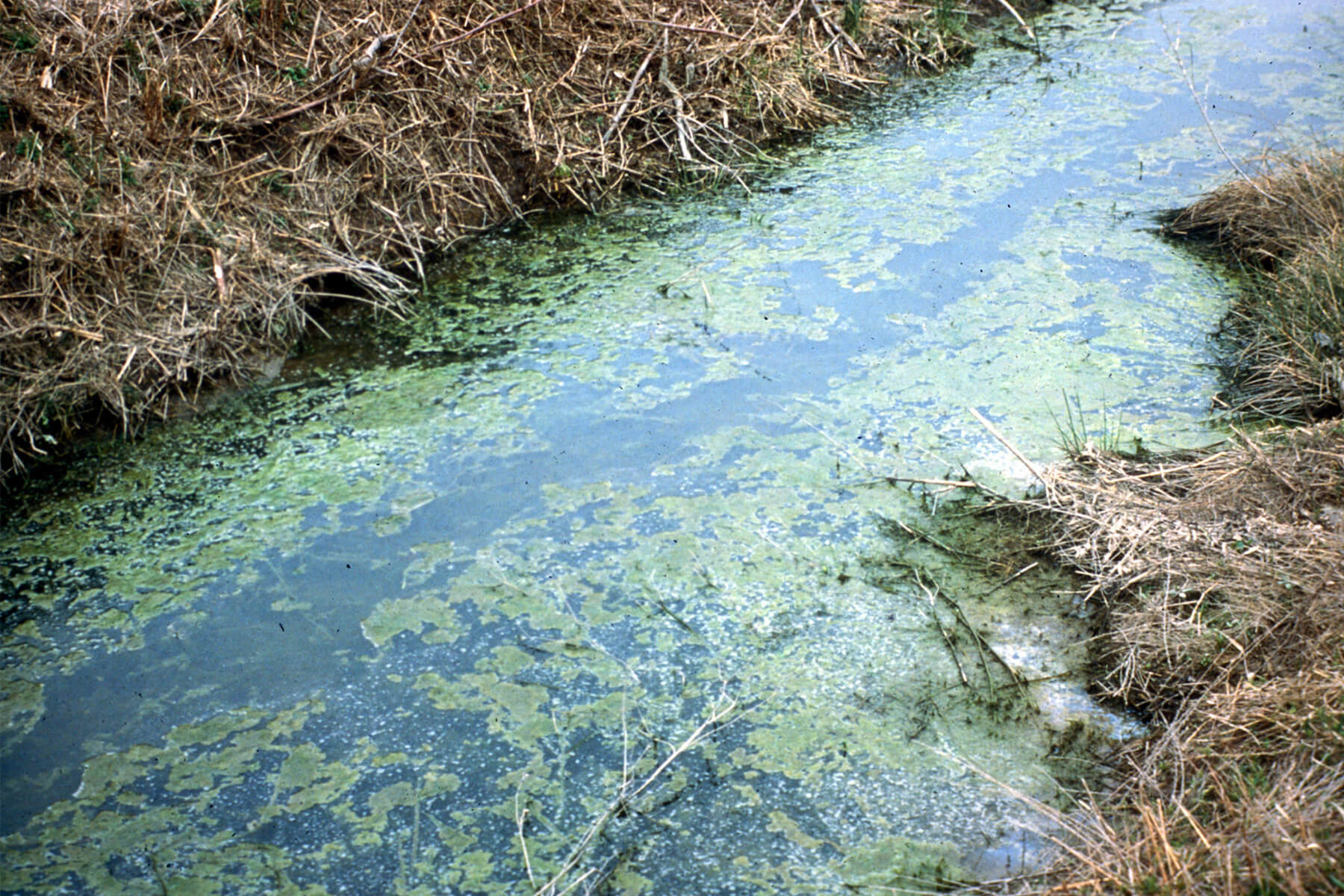Finding a better way to track nutrients in the Bay

Nutrients are necessary to every living thing on Earth. They provide energy, maintain life and help with healing and growth. However, when nutrients are out of balance, they can have a negative impact on people and the environment around us.
The Chesapeake Bay Total Maximum Daily Load (Bay TMDL) sets limits on the amount of nitrogen, phosphorus and sediment that can enter the Bay in order to restore the health of the Chesapeake and its rivers. However, tracking just the quantity of nutrients and sediment doesn’t give us a full picture of Bay health, because nitrogen and phosphorus can take different forms. More of one form and less of another could mean very different effects on the environment, even if the total quantity of nutrients is the same. A new report from the Scientific and Technical Advisory Committee of the Chesapeake Bay Program evaluates the impacts of these nutrient species in order to devise better management strategies and paint a more accurate picture of overall ecosystem health.
Why is it important to understand the differences in nutrient species?
Making this kind of change to better understand health and nutrition is not new—it just hasn’t been applied on a large scale regarding pollution before. With human health, we talk about the type and number of calories we take into our bodies. We even break down nutrition factors into specific types. For example, there are monounsaturated fats, polyunsaturated fats, trans fats and saturated fats. Getting your fat intake from avocados, raw butter and flax seeds is very different from wolfing down cakes and ultra-processed pizza—they might all be fats, but the impact on your system is different. In a similar way, there are numerous forms of nitrogen and phosphorus that enter the Chesapeake Bay ecosystem. In our bodies or in the environment, we can begin a journey to better health by paying attention to the types of nutrients we are putting into our systems.
One key difference in nutrients is organic versus inorganic forms. In the water, inorganic forms are used up quickly, like how sugar burns up rapidly in the human body. If we have too many “quick-burning” nutrients making their way into the water, it can lead to fast-growing algae blooms. Algae blooms eventually die and decompose, depleting dissolved oxygen in the water. They also block the sun from reaching life growing beneath the water, depriving plants and animals of both the oxygen and sunlight they need to survive. These areas in the water that cannot support life are referred to as dead zones and this process of losing oxygen as a result of excess nutrients is known as eutrophication.
Nitrogen and phosphorus are necessary nutrients, but it is essential to balance the right types and amounts to stay healthy. Agriculture, stormwater runoff, wastewater and other sources can all cause an excess of nutrients, so most best management practices are designed to help lower this impact.

The impact of nitrogen and phosphorus species in the environment
Across the world, environmental scientists are studying the intricacies of nutrient species to better understand how they impact water quality. Antti Iho, a researcher from the Natural Resources Institute Finland, studied different forms of phosphorus to see how they reacted to various types of agricultural practices. Iho found that soluble reactive phosphorus (SRP), an inorganic form that reacts quickly with life in the water, and particulate phosphorus (PP), a form that binds to soil, had different reactions to agricultural best management practices. This means that if we track the form of each nutrient and how it changes as well as the total nutrient amount, experts can choose the right practice for a particular location to maximize environmental benefits.
Like phosphorus, nitrogen also has different forms that can change over time, further complicating measurement. Nitrogen cycles through different stages (changing from inorganic to organic and back again) as it moves through the water, which means we also have to take into account how long and how far the nitrogen travels through a waterway (a process known as nutrient spiraling) in order to understand the overall impact.
University of Maryland Center for Environmental Science professor Patricia Glibert may have put it best when describing what speciation, or the evolution of nutrients into different forms, means to eutrophication and algae blooms: “Whether nutrient levels are high or low, changes in the nutrient composition impact growth changes in algae biodiversity. Additional research in the report shows atmospheric emissions, stream restorations, road salts, urban heat and environmental best management practices all affect the species of nitrogen and phosphorus that enter the system.”
Adapting course towards a healthy system
Continuously refining our science and our understanding helps us work smarter for the health of the ecosystem. How do specific best management practices affect nutrient species? How do species change in more dynamic areas of the Bay like shallow water and tidal tributaries? By examining these questions and incorporating new findings into our restoration efforts, we can get a more accurate picture of how the health of the watershed will progress.
Read the Scientific and Technical Advisory Committee’s full report, “Assessing the Environment in Outcome Units (AEIOU): Using Eutrophying Units for Management.”

Comments
There are no comments.
Thank you!
Your comment has been received. Before it can be published, the comment will be reviewed by our team to ensure it adheres with our rules of engagement.
Back to recent stories